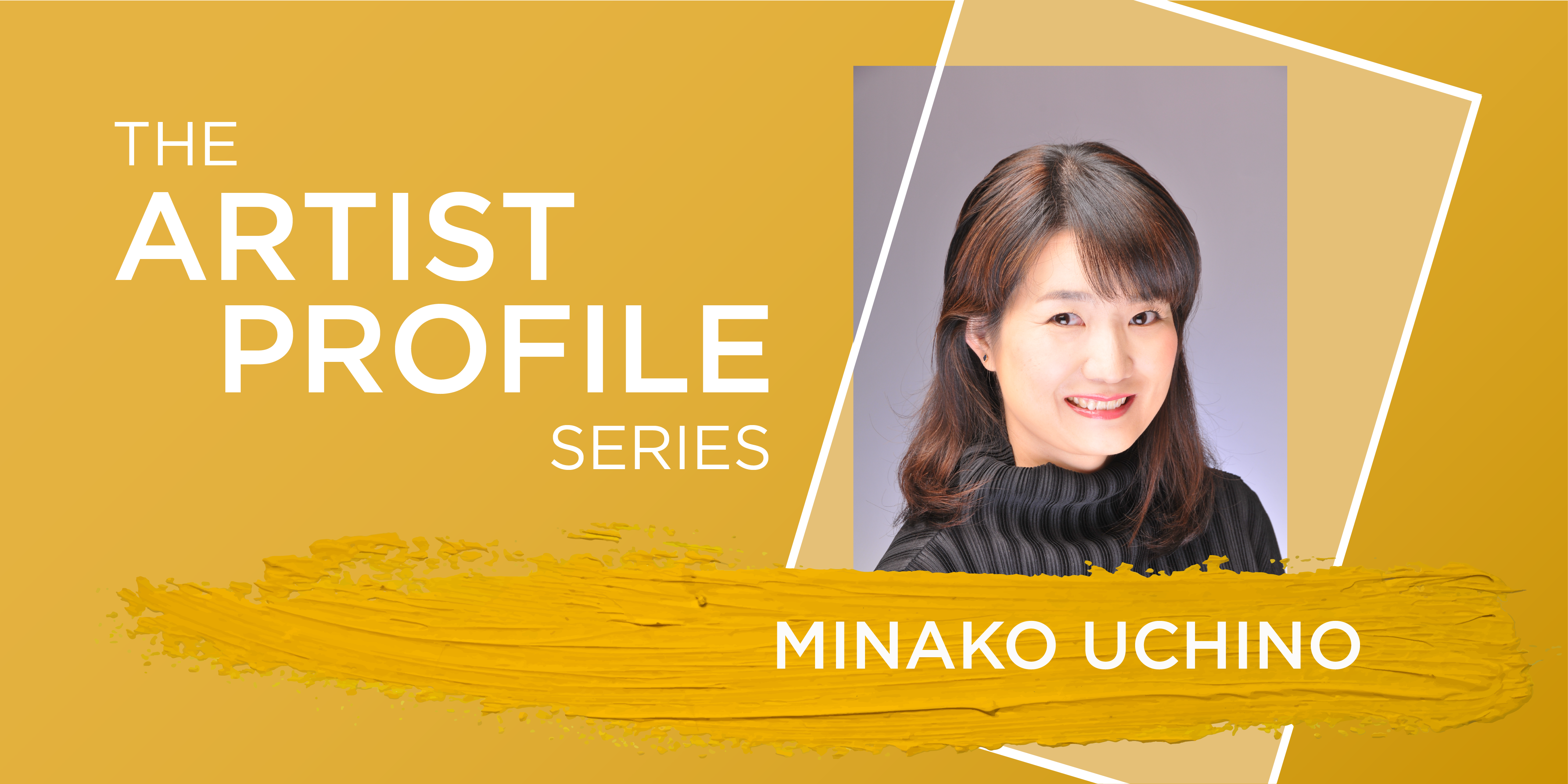
Minako Uchino – Biography
Minako Uchino trained as a medical doctor (board-certified Radiation Oncologist) in Japan. Since arriving in Canada in 2009, she has been pursuing three careers simultaneously in music, medicine, and medical education. She is now based in Ottawa and pursuing her passion for music full-time, studying carillon, organ and figured bass at Carleton University. As an organist, Minako played with the All Japan Medical Students Orchestra in 2015 and 2019 and Edogawa Philharmonic Orchestra in Tokyo. As a carillonneur, she is the first Japanese Guild Carillonneur of the Guild of Carillonneur in North America.
The CDCC Artist Profile Series – Q&A
Q. What drew you to the carillon?
A. It was almost 11 years ago when I came to Canada for the first time as a graduate student at the University of Toronto. I happened to pass by the Soldier’s Tower on Frosh Day and found a sign-up poster posted next to a shabby chair and table. The sign said “We are teaching Carillon.” I asked some people what the poster meant, and they answered that the group was going to teach how to play the carillon instrument in the bell tower. I immediately signed up for the club and started the lessons. That was the memorable day one of the “Carillon and Me” story in my life. My former skill set of organ and percussion performance allowed me to be the first Japanese Guild Member of the Guild of Carillonneur in North America.
Q. What was your experience like as a Carillon student in the Carleton Music program?
A. The Carleton Music program offered more than I expected. Before I came to the program, I was primarily focused on improving upon my carillon performance skills. It was both the comprehensive and the structured educational experience of the Carleton Music program that changed my perspective. Notably, there were a variety of courses where we learned about the historical background of Canadian culture to learning about music ethnicity and its comparison to world music providing me with a more in-depth and multi-dimensional idea about music and society. Most courses were based on Western traditional music education including music history, theory, and counterpoint – which were amazing. In performance practice, the commitment to community building through participating in chamber ensemble classes to choir ensembles, taught me the importance of colleagues. Excellent faculty members were always supporting my interests to challenge myself, not only on the carillon, but also the organ and figured bass on the harpsichord.
Q. What is it like to rehearse and host performances at Carleton Dominion-Chalmers Centre?
A. Certainly, CDCC is a gorgeous environment for all the music students! As a carillon student, I finally got a place to concentrate on practicing without any concern. As a harpsichord student in the chamber ensemble class, it is ideal for us to practice on the same instrument used in the concert hall. Being familiar with the sound of an instrument is very important for any performer, and a high-quality recital environment accelerates our progress. With this fantastic Flemish harpsichord, I love practicing at CDCC so much. I wish I could live in the building!!
Q. Do you have any advice about navigating careers in both the medical sciences and music?
A. Be honest and devote yourself seriously to both music and medicine. It is not an easy path to navigate. The dignified and serious nature of patient interaction and decorum can be applied to one’s attitude towards music. Importantly, doctors should proceed with caution when considering combined music and medicine careers – for example, doctors should not be driven by ego to heal their patients through the power of music. We study music/medicine and perform like a monk or nun. In that context, I do not find the difference in the practice between medicine and music, which brings me so much satisfaction with my life’s work.
Q. How has your work been impacted during COVID-19?
A. For a while, I went back to Japan to support my old colleagues in Tokyo, who had to treat COVID suspected cases at the core hospitals of their communities. The satellite community-based clinic, which was covered by those doctors in the core hospitals, needed other doctors, so I helped those satellite clinics. Because of the restriction of opening music schools, I could not use a rental studio for a pipe organ or harpsichord in Tokyo. So, I have been away from playing the instruments for several months.
Q. What are the special projects that you have undertaken during the quarantine time?
A. During the pandemic, I had an opportunity to make a lecture about the carillon at the web-based event organized by the Japan-Belgium Society. Also, it was an excellent opportunity to review my performance from a different perspective and think about what I should do next after getting my Guild Carillonneur title. One of my former colleagues, a family physician and a jazz bassist in Japan, asked me to join the online certificate course for Performing Art Medicine. This subspecialty deals with the health of musicians or other performing arts players, such as dancers or actors. I have been interested in some health issues among the carillon players, hearing about problems with health. During the course, I realized that the study around this field would positively contribute to other classmates’ physical health issues, including mental health concerns. I am now thinking of new research projects for carillonneurs and local organists. I hope to share the perspective with the Carleton Music community, too.
[Since September, Minako has safely returned back to CDCC for practice of the harpsichord and practice carillon.]
Follow our #CDCCartistprofiles Twitter thread to track when new profiles are added each week this fall!
Click here to return to The CDCC Artist Profiles Series main page.
